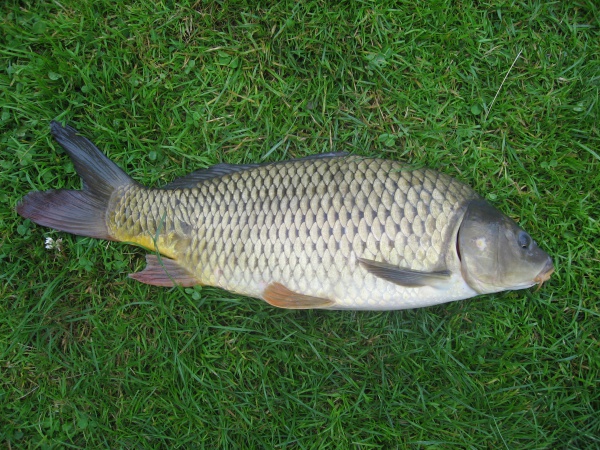Facts About Common carp
The common carp, also known as the European carp, is a freshwater fish native to Europe and Asia. Despite the threat of extinction facing wild populations, domesticated carp have been introduced globally, frequently becoming invasive and causing significant ecological issues. This species belongs to the Cyprinidae family.
There are two primary subspecies: C. c. carpio from Europe and C. c. yilmaz from Anatolian Turkey. Another subspecies, C. c. haematopterus, has been reclassified as a separate species and is now known as C. rubrofuscus. Notably, common carp can interbreed with goldfish, resulting in hybrids termed Kollar carp.
Carp farming has a historical legacy dating back to Roman times and has since expanded worldwide, with the exception of polar regions. In Europe, domestication proliferated between the 13th and 16th centuries, giving rise to various types including mirror carp, leather carp, and koi carp.
Wild common carp are generally more slender than their domesticated counterparts and have the potential to grow significantly large. As omnivores, they consume a diverse diet of aquatic plants, insects, and crustaceans. Reproductively, they spawn in response to rising water temperatures, with a single female capable of laying hundreds of thousands of eggs.
As an invasive species, common carp have adversely affected numerous ecosystems where they have been introduced. Strategies to manage their populations include the use of nets, chemicals, and even genetic modifications to curtail their numbers.
Carp farming constitutes a major industry, particularly in China, the world's largest producer. Carp is a culinary staple in many cultures and is often featured in traditional cuisine. In Western Europe, carp is highly prized by anglers as a sport fish. Conversely, in the United States, it is typically disregarded as a food fish due to its unusual bone structure.
